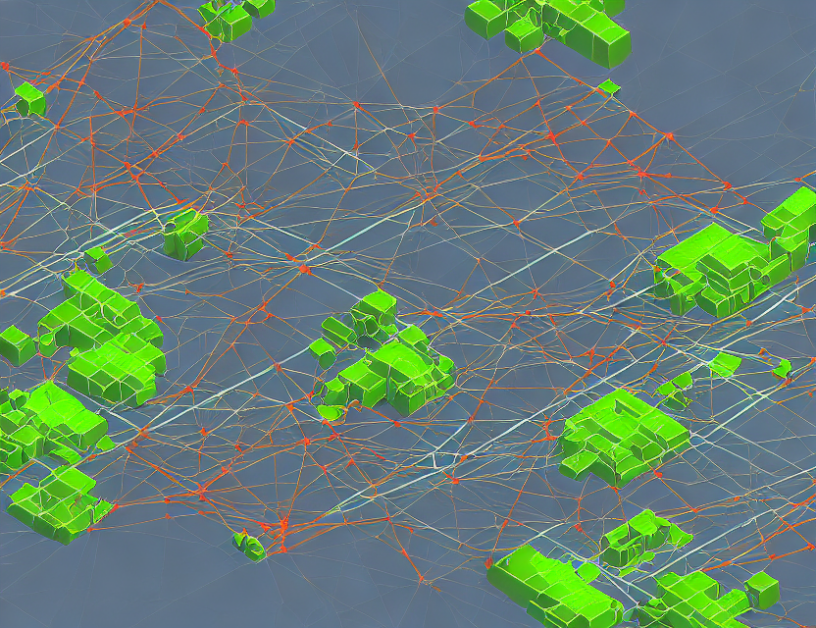Criminal activity is often linked to complex networks, and understanding these networks can help law enforcement agencies identify key players and prevent future criminal acts. However, analyzing these networks can be challenging due to their complexity and dynamics. To tackle this issue, researchers have proposed graph attention networks (GATs), a type of machine learning model that can automatically learn patterns from data. In this article, we will explore how GATs work, their potential benefits, and their limitations.
How GATs Work
GATs are designed to capture the complex relationships between individuals in criminal networks. Unlike traditional methods that focus on centrality measures or clustering algorithms, GATs use attention mechanisms to weight the importance of different nodes in the network. This allows the model to identify key players and their connections more accurately.
Attention Mechanism
The attention mechanism in GATs works like a spotlight that highlights important parts of the network. The model learns to focus on these parts by assigning higher weights to them, allowing it to make better predictions about the network’s behavior. This is particularly useful when dealing with large and complex networks, where traditional methods may struggle to capture all the relevant information.
Benefits of GATs
GATs have several potential benefits for criminal network analysis:
- Improved accuracy: By weighting the importance of different nodes in the network, GATs can identify key players and their connections more accurately than traditional methods. This can lead to better predictions about future criminal activity.
- Scalability: GATs can handle large and complex networks more effectively than traditional methods, making them a more scalable solution for law enforcement agencies.
- Flexibility: The attention mechanism in GATs allows the model to adapt to changing network structures, making it a more flexible solution than traditional methods.
Limitations of GATs
While GATs have shown promising results in criminal network analysis, there are some limitations to consider:
- Data quality: The accuracy of GATs depends on the quality of the data used to train the model. If the data is incomplete or biased, the model’s predictions may be less accurate.
- Computational complexity: GATs can be computationally demanding due to their attention mechanism, which can slow down processing times. This can make them less practical for real-time analysis of criminal networks.
Conclusion
GATs offer a promising approach to analyzing criminal networks, particularly when dealing with large and complex data sets. By using attention mechanisms to weight the importance of different nodes in the network, GATs can identify key players and their connections more accurately than traditional methods. However, it’s important to consider the limitations of GATs, such as data quality and computational complexity, when applying them to criminal network analysis.



